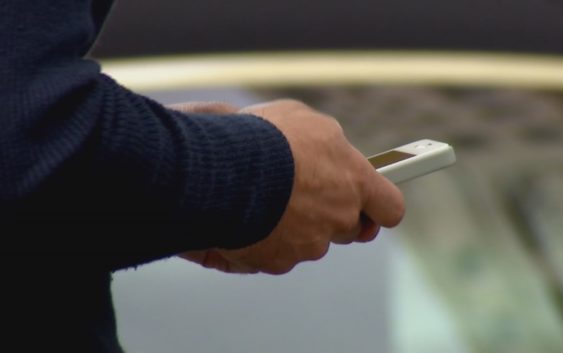- $37M drainage improvement project designed to combat flooding in NE Harris County
- Temporary bridges in Avery County at risk due to severe weather threat
- FEMA extends aid as Hurricane Helene recovery efforts surpass $360M
- Nearly every North Carolina wildfire caused by people, researchers say
- Weather IQ: How do wildfires ignite?
How were you alerted? Local leaders praise technology before tornado hit

After Monday night’s tornado, some Austin neighbors are wondering why they didn’t hear tornado sirens. Local leaders say implementing sirens isn’t as effective.
AUSTIN, Texas — After a tornado touched down in Central Texas Monday night, Williamson County Officials and Gov. Greg Abbott credited meteorologists for saving lives as the severe weather approached.
But some neighbors are wondering why they didn’t hear a tornado siren.
When it comes to severe weather, the city of Austin does not have sirens, while The University of Texas at Austin has sirens that are tested once a month.
In Georgetown, according to its website, the City’s 23 outdoor warning sirens are tested on the first Saturday of the month at 11 a.m. with two back-to-back, 60-second audible tests.
Williamson County Judge Bill Gravell said although tornado sirens are great tools to use, they’re not necessary.
“I think through this disaster, we have learned that the cell phone communication tools that are available and our local networks in the apps through the local TV stations play a vital role,” said Gravell.
According to Paul Yura, warning coordination meteorologist with the National Weather Service (NWS) at Austin and San Antonio, sirens are designed to be for outdoor use.
“You have to consider if you are indoors, there is a high likelihood you will not hear that siren unless maybe the siren system is a couple hundred yards away from your house,” said Yura.
The NWS recommends having multiple ways of receiving alerts. One being the old-school route.
“The old-school way, and it still works to this day, is the technology called weather radio. Have a small weather radio in your house, that’s a VHF signal,” explained Yura.
Another option is newer technology like social media and local news outlets.
“Things like watching social media, watching the television and obviously having your smartphone, which has multiple different type of apps or different ways of getting those weather warnings, some of them even come directly to your phone,” said Yura.
All to ensure no matter which option you chose, the next time bad weather rolls in, everyone is weather aware.
PEOPLE ARE ALSO READING: